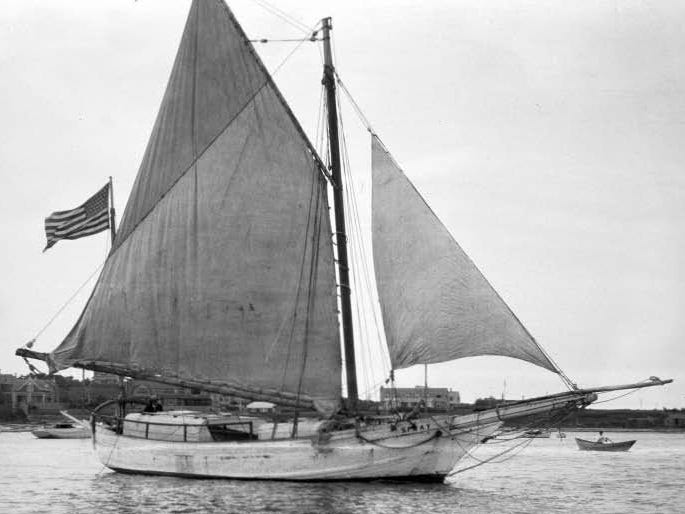Consider a bit of history.
Older men and women have been setting sailing records for over a century.
Joshua Slocum, a Nova Scotian, was the first person to circumnavigate the globe solo. He started in 1895, when he was 51, and completed this mission three years later. The voyage covered 46,000 miles.
Not only did he sail The Spray, his sloop (shown above) for this world record, he rebuilt it himself.

Female sailors achieve greatness, too. In 2018, 76-year-old Jeanne Socrates began her solo voyage around the world. When she completed this trip in September 2019, she became the oldest person to do it.
However, the following year, Socrates lost the title because 81-year-old Bill Hatfield completed his solo non-stop circumnavigation. Since he did not pass south of New Zealand or Tasmania, Socrates gained the new pinnacle as the oldest person to have sailed round the world "singlehandedly, unassisted and non-stop via the Five Great Capes".
It’s not only record-holders who defy age and sail. In 2015, when he was 90 years of age, Jim Boren of Marinette, Wisconsin, purchased a 30-foot Hunter sailboat.
All that year, he single-handedly maneuvered this craft - named Skoal - on long cruises and races.
Boren – clearly an Age-defying Athlete - offered a piece of advice for others: "Don't listen to anybody that says you are too old for [sailing]."
WIIFY?
Some considerations…
Fitness – sailing primarily calls upon the upper body (think of tugging at those ropes and raising and lowering sails), but balance and flexibility are also important.
Skill – if you’ve never before sailed, take a class. These may be offered by a park district, college, boat club, or friends and family.
Time – you can tool around your neighborhood lake in an afternoon or aim for several months’ exploring the intercoastal waterway.
Expense – boats certainly dent the wallet far more than a new pickleball paddle. But you needn’t own to sail. Rentals are available, and boat club memberships (along with appropriate certification) may entitle you to use a club craft.
Technology - As far as sailing is concerned, technology has made the once iffy now eminently doable. Gizmos and widgets enable sailors to control the boat with little effort. And GPS takes most of the guesswork out of navigation.
But, but, but…you should still know how to manually manage the boat if technology deserts you. If you can’t do this, always have a buddy on board who can take over.
What else?
Sailing, like golf, pits participants against Nature. Nature is unpredictable, and these sports demand significant equipment change throughout. Sailors manipulate sails, ropes, the helm, and much more. Golfers may begin with a driver and end with a putter, but they manipulate irons, fairway woods, and sometimes the depressing-to-turn-to sand wedge in ways that are always surprising.
It's not that sailing and golf use more mental muscle than other games, but that they call for continued updating of the brain as conditions change. Or, put differently, sailing and golf are all about managing change – physically and mentally.
So, go and fluff out your brain on a sailboat.
One more thing: you should be able to swim. Oddly, Joshua Slocum never mastered any stroke. In 1909, he was lost at sea and officially declared dead in 1924. “Despite being an experienced mariner, Slocum never learned to swim and considered learning to swim to be useless. Many mariners shared this thought, as swimming would only be useful if land was extremely close by.”




